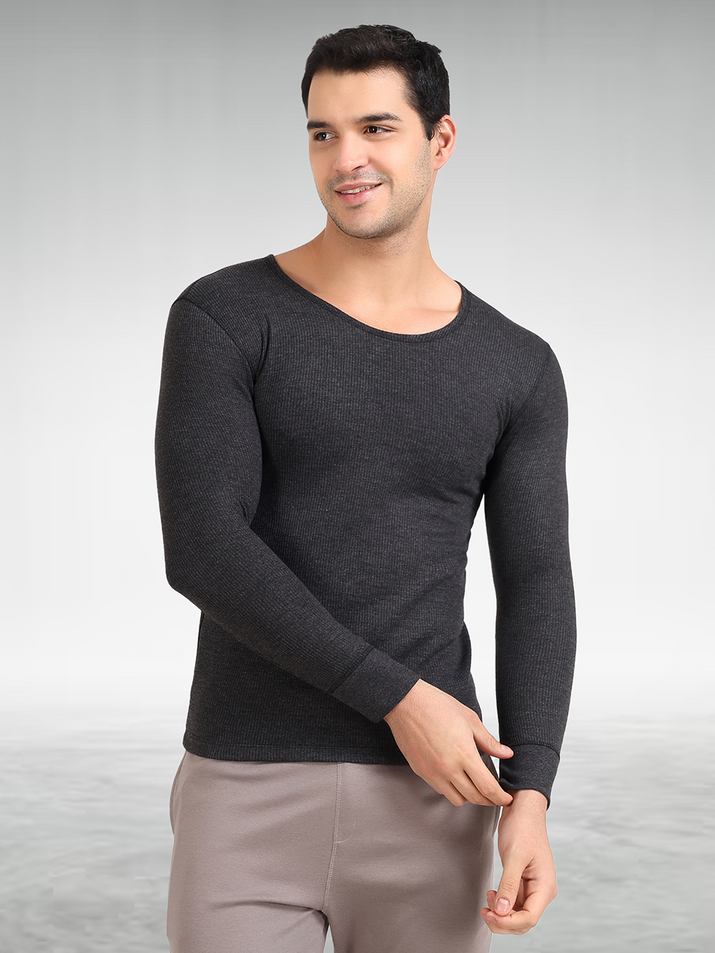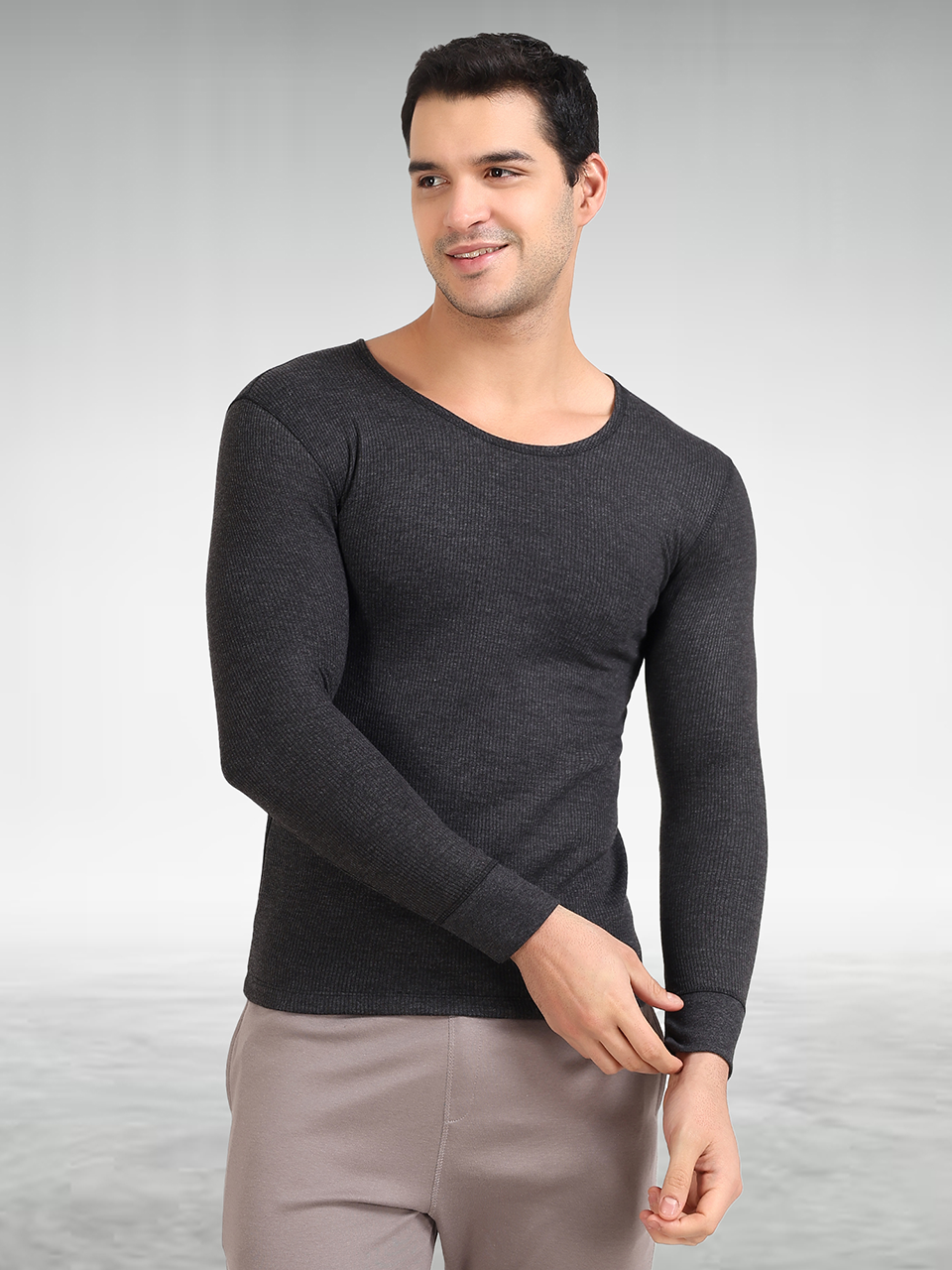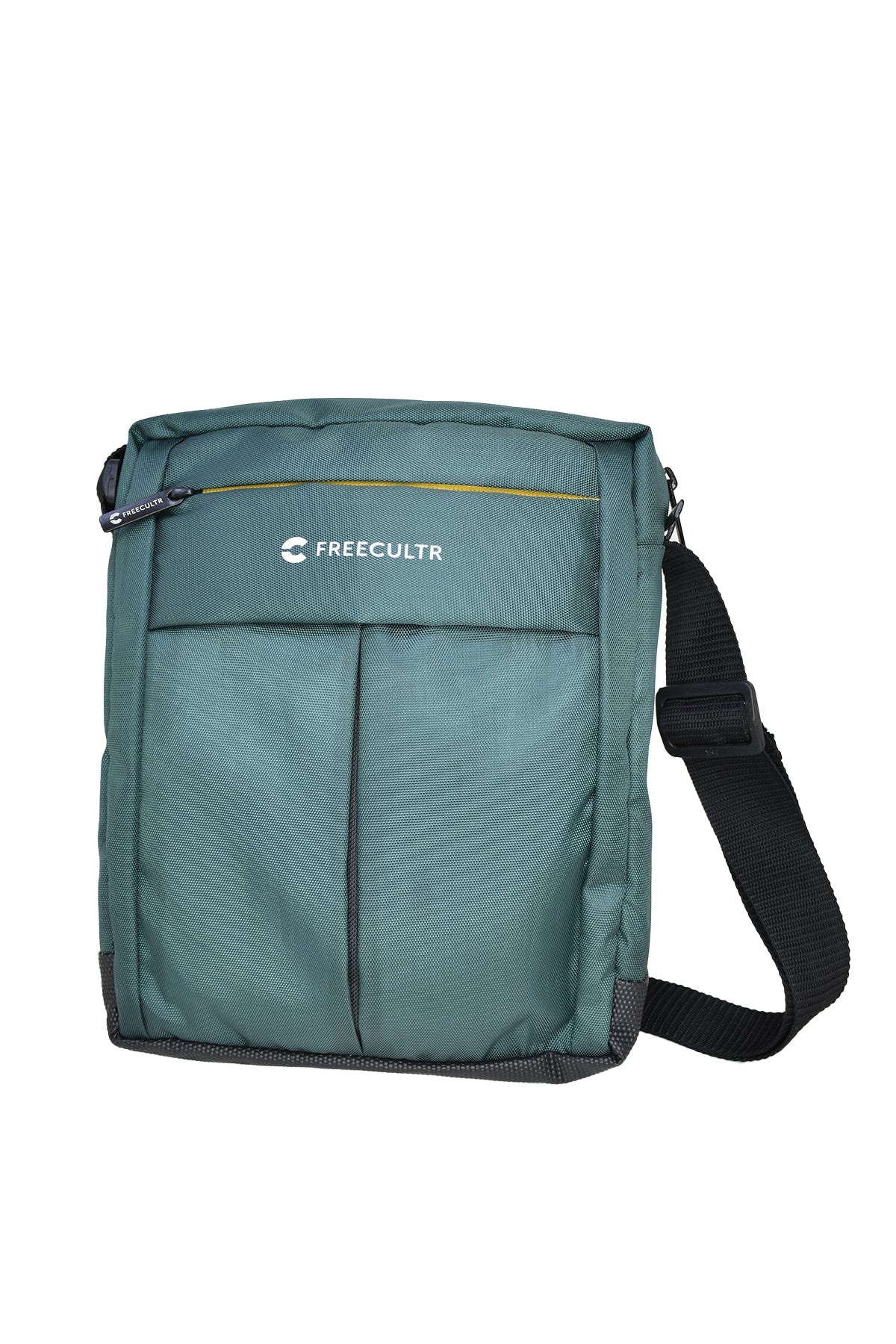Modern performance demands necessitate advanced solutions for athletes and outdoor professionals. Traditional sun protection often falls short. Specialized sleeves now offer a sophisticated answer. Engineered with cutting-edge textiles, these performance sleeves integrate high UPF ratings, frequently exceeding 50+, with targeted compression technology to mitigate muscle oscillation and enhance recovery. For cyclists enduring long rides or construction workers exposed to intense solar radiation, these innovative arm sleeves provide critical UV defense while simultaneously managing thermoregulation and wicking moisture efficiently. This evolution from basic fabric covers to technical gear represents a significant leap in wearable technology, optimizing comfort and output in diverse environments.

The Unseen Shield: Beyond Basic Arm Protection
Once considered simple accessories, performance sleeves have evolved into sophisticated garments offering a myriad of benefits far beyond mere aesthetics. From elite athletes pushing their limits to outdoor enthusiasts seeking reliable sun protection. Even individuals in demanding professions, the modern sleeve is engineered for enhanced performance and critical safety. This section delves into the foundational role of these specialized sleeves, highlighting their transition from niche athletic gear to an indispensable tool for anyone facing environmental challenges or seeking an edge in their activities.
Understanding Sun Protection: The Science Behind UPF Sleeves
One of the primary drivers for the widespread adoption of performance sleeves is their superior sun protection capabilities. Unlike standard clothing, which often offers minimal UV defense, specialized sun protective sleeves are designed to block harmful ultraviolet (UV) radiation. This protection is quantified by the Ultraviolet Protection Factor (UPF) rating, a crucial metric that every consumer should grasp.
- What is UPF? UPF measures how much UV radiation (both UVA and UVB) a fabric blocks. A UPF 50+ rating, for instance, means the fabric allows less than 1/50th (or 2%) of UV radiation to pass through, effectively blocking 98% or more. This is significantly more effective than a typical cotton T-shirt, which might only offer a UPF of 5-7 when dry, dropping even lower when wet.
- UPF vs. SPF It's essential not to confuse UPF with SPF (Sun Protection Factor), which is used for sunscreens. SPF measures how long it takes for UV-exposed skin to redden, primarily focusing on UVB rays. UPF, But, applies to fabrics and covers both UVA and UVB rays, providing a more comprehensive measure of protection for clothing.
- Fabric Technology for UPF Achieving high UPF ratings involves specific fabric constructions and treatments.
- Tight Weave Densely woven fabrics physically block more UV rays. Think of the difference between a loose knit and a tightly woven denim.
- Material Composition Synthetic fibers like polyester and nylon are generally more effective at blocking UV than natural fibers like cotton. Some fabrics incorporate titanium dioxide or zinc oxide particles directly into the fibers to enhance UV absorption and reflection.
- Dye Color Darker or more vibrant colors tend to absorb more UV radiation, preventing it from reaching the skin.
- Chemical Treatments Some fabrics are treated with UV-absorbing chemicals during manufacturing, which can boost their UPF rating.
For individuals like construction workers, landscapers, or avid outdoor sports enthusiasts, consistent exposure to the sun's harsh rays can lead to significant skin damage, including premature aging and an increased risk of skin cancer. Wearing UPF-rated sleeves provides a continuous, reliable barrier, offering peace of mind that sunscreen alone cannot always guarantee, especially over long periods or during strenuous activity.
Enhanced Performance: Compression, Moisture Management. Temperature Regulation
Beyond sun protection, modern sleeves are engineered to boost athletic performance and comfort through several advanced textile technologies.
- Compression Technology Many performance sleeves incorporate graduated compression, meaning the compression is tighter at the wrist and gradually lessens towards the bicep.
- Improved Blood Circulation Compression sleeves help to enhance blood flow back to the heart, which can reduce lactic acid buildup and minimize muscle fatigue during strenuous exercise. This is particularly beneficial for endurance athletes.
- Muscle Stabilization By providing gentle pressure, compression sleeves stabilize muscles, reducing vibration and oscillation during movement. This can prevent micro-tears and soreness, leading to faster recovery times.
- Reduced Swelling For those prone to swelling in the extremities, the consistent pressure can help manage fluid buildup, especially during long periods of activity or travel. A common use case is during long-distance running or cycling, where athletes report less arm fatigue and quicker bounce-back.
- Moisture-Wicking and Breathability High-performance sleeves are typically made from synthetic fabrics designed to manage moisture effectively.
- Wicking Action These fabrics pull sweat away from the skin's surface and onto the outer layer of the sleeve, where it can evaporate quickly. This keeps the wearer dry and comfortable, preventing the clammy feeling associated with cotton. Common wicking fabrics include polyester blends and specific microfibers.
- Breathability The structure of these fabrics allows air to circulate freely, further aiding in evaporation and helping to regulate body temperature. This is crucial for maintaining comfort during intense activity, whether it's a hot summer run or a cool morning hike.
- Temperature Regulation Some advanced sleeves incorporate technologies to actively manage temperature, offering cooling in warm conditions and warmth in cooler ones.
- Cooling Sleeves Often made with specific cross-section fibers or treated with cooling agents, these sleeves enhance the evaporative cooling process, making the skin feel cooler as sweat evaporates.
- Thermal Sleeves For colder environments, sleeves with brushed interiors or thicker weaves can trap a layer of warm air close to the skin, providing insulation without excessive bulk.
- Anti-Odor Technology Many performance sleeves are treated with antimicrobial agents or incorporate silver ions into the fabric to inhibit the growth of odor-causing bacteria. This is particularly valuable for multi-day use or during activities where frequent washing isn't feasible.
Comparing Sleeve Materials and Technologies
The effectiveness of performance sleeves largely depends on the materials and specific technologies employed. Here's a comparison of common materials and their characteristics:
| Feature | Polyester/Nylon Blends | Lycra/Spandex | Merino Wool Blends | Specialized Fibers (e. G. , Coolmax, Celliant) |
|---|---|---|---|---|
| Primary Benefit | Excellent moisture-wicking, durability, good UPF | High elasticity, compression, shape retention | Natural temperature regulation, odor resistance, soft feel | Enhanced wicking, advanced cooling/warming, energy return |
| UPF Rating Potential | High (UPF 30-50+) | Moderate to High (depends on blend/weave) | Moderate (UPF 20-30), can be higher with dense weave | High (UPF 40-50+) |
| Moisture Management | Very good wicking, quick-drying | Good wicking when blended, quick-drying | Excellent natural wicking, still insulates when damp | Exceptional wicking, often with specialized channels |
| Compression | Can offer mild compression when tightly knit | Essential for strong, graduated compression | Minimal to none, focus on insulation/comfort | Can be integrated for compression benefits |
| Temperature Regulation | Good for cooling (evaporative) | Maintains body temp, good for layering | Excellent for both warm and cool conditions | Actively cools or warms depending on tech |
| Durability | High | High, especially when blended | Moderate, can be prone to holes over time | High, designed for performance longevity |
| Cost | Moderate | Moderate to High | High | High |
When selecting sleeves, consider the specific activity and environmental conditions. For intense sun exposure, prioritize UPF. For long-duration activities, focus on compression and moisture management. For varied conditions, a blend might be ideal.
Real-World Applications and Use Cases of Performance Sleeves
The versatility of performance sleeves makes them indispensable across a wide range of activities and professions. Their benefits extend far beyond the athletic field.
- Outdoor Sports and Recreation
- Running and Cycling Long-distance runners and cyclists often use sleeves for sun protection on exposed arms, especially during long training sessions or races. The compression benefits can also help reduce arm pump and fatigue. As a personal anecdote, I once completed a marathon in sunny conditions. My UPF 50+ sleeves were a lifesaver, preventing sunburn that my exposed running partners experienced.
- Hiking and Backpacking Hikers appreciate the sun protection and the ability of sleeves to protect against minor scrapes and insect bites from brush, without the need for long-sleeved shirts that might be too warm.
- Fishing and Boating Anglers and boaters face intense reflective UV radiation from water. UPF sleeves are critical for preventing severe sunburn on the arms during extended periods on the water.
- Golf and Tennis Athletes in these sports often wear sleeves to protect against sun exposure on the course or court, while also benefiting from muscle support and improved circulation.
- Occupational Safety
- Construction and Landscaping Workers in these fields are exposed to direct sunlight for hours daily. High-UPF sleeves offer a practical solution for continuous sun protection, reducing the risk of occupational skin damage. They are often cooler than wearing a long-sleeved work shirt.
- Utility Workers Linemen, meter readers. Other utility professionals who spend significant time outdoors rely on sleeves for both sun protection and protection against minor abrasions.
- Delivery Drivers Many drivers spend hours with one arm exposed to direct sunlight through the vehicle window. Sleeves provide a convenient and effective barrier against UV radiation.
- Recovery and Medical Use
- Post-Injury Recovery Compression sleeves are often recommended by physical therapists for managing swelling and supporting healing muscles after an arm injury or surgery.
- Lymphedema Management For individuals suffering from lymphedema, specialized compression sleeves are medically prescribed to manage swelling and prevent fluid buildup in the arm.
- Everyday Wear
- Commuting For those who walk or cycle to work, sleeves can offer quick sun protection without needing to change into a full long-sleeved shirt.
- Driving Similar to delivery drivers, anyone spending significant time driving can benefit from sleeves to protect their exposed arm from UV rays through the car window.
The adoption of sleeves in these diverse environments underscores their effectiveness and the growing awareness of both performance optimization and long-term health benefits, particularly concerning sun exposure.
Caring for Your Performance Sleeves: Longevity and Effectiveness
To ensure your performance sleeves continue to offer enhanced performance and optimal sun protection, proper care is essential. Following simple washing and storage guidelines can significantly extend their lifespan and maintain their functional integrity.
- Washing Instructions
- Cold Water Wash Always wash sleeves in cold water. Hot water can break down the elastic fibers (like
Lycra or Spandex ) that give compression sleeves their stretch and recovery properties. Can also degrade specialized finishes. - Air Dry is Best The best way to dry performance sleeves is to air dry them by laying them flat or hanging them. High heat from tumble dryers can damage elastic fibers, shrink the fabric. Compromise the UPF rating and compression properties.
- Avoid Direct Sunlight (for drying) While sleeves protect you from the sun, prolonged exposure to direct sunlight during drying can, ironically, degrade the fabric and its UV-protective qualities over time.
- Store Flat or Rolled Avoid wadding sleeves into a ball, which can stretch out the elastic. Store them flat or gently rolled to maintain their shape and compression.
- Keep Away from Sharp Objects Store sleeves away from items that could snag or tear the delicate performance fabrics.
By adhering to these care instructions, you ensure that your investment in high-quality performance sleeves continues to provide the benefits of enhanced performance, superior sun protection. Lasting comfort for many uses to come.
Conclusion
Sleeves are no longer just an optional accessory; they’ve evolved into essential performance wear, offering robust sun protection and enhanced comfort. Think about that scorching afternoon run or a long session on the pickleball court – modern sleeves, often boasting UPF 50+ protection, actively block harmful UV rays, preventing sunburn and long-term skin damage. Beyond sun, the targeted compression in some designs, a growing trend in functional sportswear, can even aid muscle recovery and reduce fatigue during intense activities. I personally found them indispensable for long cycling treks, keeping me cool and shielded without feeling cumbersome, a game-changer for my outdoor pursuits. So, next time you prepare for an active day, consider these versatile additions; they’re a simple yet powerful upgrade to your active wardrobe, ensuring you stay comfortable and protected to fully enjoy every moment.More Articles
Men's Bandana – Versatile Style & Practical ProtectionWomen's Tank Top – Versatile Layering & Breathable Fabric
Tees – Everyday Comfort & Effortless Style
Women's Boy Shorts – Seamless Fit & Active Lifestyle
FAQs
What exactly are these 'performance and sun protection' sleeves?
These are specialized arm sleeves designed to offer a dual benefit: protecting your skin from the sun's harmful UV rays and enhancing your physical comfort and performance during activities. They often feature technical fabrics that wick moisture and provide compression.
How do the sleeves protect me from the sun?
Our sleeves are made with UPF (Ultraviolet Protection Factor) rated fabric, typically UPF 30 or 50+. This means they physically block a very high percentage of both UVA and UVB rays, offering sun protection similar to sunscreen. Without the need for reapplication.
Do they really help with athletic performance?
Yes, many wearers find they do! The performance aspect comes from features like graduated compression, which can help improve blood circulation, reduce muscle vibration and fatigue. Potentially aid in faster recovery. Their moisture-wicking properties also keep you cooler and drier, boosting comfort during your workout.
What are these sleeves made of. Are they comfortable to wear all day?
They're typically crafted from breathable, stretchy synthetic blends like nylon, spandex, or polyester. These materials are chosen for their flexibility, moisture-wicking capabilities. Lightweight feel, making them very comfortable for extended wear, even in warm conditions.
How do I pick the right size for my arms?
To ensure you get the best fit and maximum benefits, we recommend measuring the circumference of your bicep and wrist, as well as the length of your arm from shoulder to wrist. Then, compare these measurements to the size chart provided on the product page. A snug but not constricting fit is generally ideal.
What kind of activities are these sleeves good for?
They're incredibly versatile! You can use them for almost any outdoor activity where you're exposed to the sun or need an performance boost, such as cycling, running, hiking, golfing, fishing, driving, basketball, gardening, or even just for daily wear.
How should I wash and care for my sleeves to keep them in good condition?
For best results and to maintain their fabric integrity, machine wash them cold with similar colors. It's best to tumble dry on low heat or, even better, hang them to air dry. Avoid using bleach or fabric softeners, as these can degrade the material and its performance properties over time.






